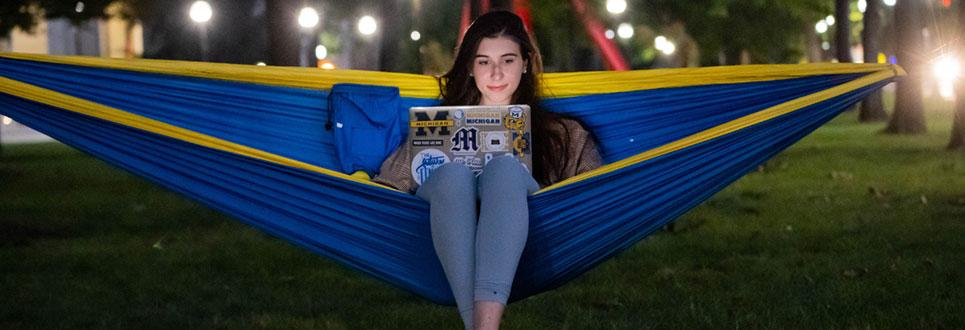Key Information for 2025-2026 Financial Aid


For the 2025-2026 financial aid application, the CSS Profile is now available and the Free Application for Federal Student Aid (FAFSA) is now available. This page will be updated throughout the year.
U-M CSS Profile Code: 1839
UM-Ann Arbor Federal School Code: 002325
Applicants/Incoming Undergraduate Students:
Returning Undergraduate Students:
Graduate and Professional Students:
Look out for these common mistakes when completing your FAFSA. If you submit the FAFSA and you need to make corrections, learn How To Correct or Update Your FAFSA Form on the Federal Student Aid website.
As a result of the FAFSA Simplification Act, Federal Student Aid updated the FAFSA process to expand access to federal student aid and provide an easier, streamlined FAFSA experience for students and families. The overhaul resulted in shifting timelines for the 2024-2025 FAFSA. We will continue to update this page with information for the 2025-2026 FAFSA.
Watch this 2-minute overview video.
What is the FAFSA Simplification Act?
The FAFSA Simplification Act is a law that represents a significant overhaul of the processes and systems used to award federal student aid starting with the 2024-2025 award year, including changes to the FAFSA. Learn more about the law.
Contact us at [email protected] if you have any additional questions. You can also find answers to your questions about the FAFSA in general on the Federal Student Aid website.
When will the 2025-2026 FAFSA become available?
The U.S. Department of Education will launch the FAFSA in December 2024.
What semesters are covered by my 2025-2026 FAFSA?
Fall 2025, winter 2026, and spring/summer 2026
When is the 2025-2026 suggested filing date for UM-Ann Arbor?
Dec. 15, 2024. The suggested filing date is not a deadline. It is set to encourage new undergraduate students to complete their aid applications (CSS Profile and FAFSA) as soon as possible so that we can provide preliminary financial aid information sooner. The UM-Ann Arbor deadline to apply for aid is March 31, 2025.
When is the 2025-2026 final financial aid deadline for UM-Ann Arbor?
March 31, 2025
What school code should I use for the FAFSA?
The UM-Ann Arbor school code is 002325. Be sure to look for UM-Ann Arbor specifically as there are different codes for each campus.
What school code should I use for the CSS Profile?
Use the U-M school code: 1839.
Is a contributor required to have an FSA ID?
Yes, all contributors must have an FSA ID.
My parents are divorced or separated. Which parent is a contributor for my FAFSA?
The parent who provides the most financial support to the student should be the contributor on the FAFSA.
Do the invitations to contributors to provide federal tax information and consent expire?
Yes. Invitations to be a contributor will be deleted when they have been inactive for 45 days. Any previously entered information will be deleted and the process will need to start over.
How can I be considered an independent student?
An independent student is one of the following: born before Jan. 1, 2002, married (and not separated), a graduate or professional student, a veteran, a member of the armed forces, an orphan, a ward of the court, a person with legal dependents other than a spouse, an emancipated minor, a person who is unaccompanied and homeless or self-supporting and at risk of being homeless.
I’m a graduate student, how does this impact me?
U-M graduate student financial aid processing relies on the FAFSA. Therefore, incoming and current graduate student aid will need to be processed once the federal government provides information. This could result in a delay from March to April in graduate student aid processing.
I’m a current undergraduate student, when will I receive my financial aid package?
Current U-M undergraduate students can submit the FAFSA at any time and are encouraged to do so by May 1. We anticipate access to the FAFSA data in enough time to provide financial aid packages for existing students on our regular schedule.